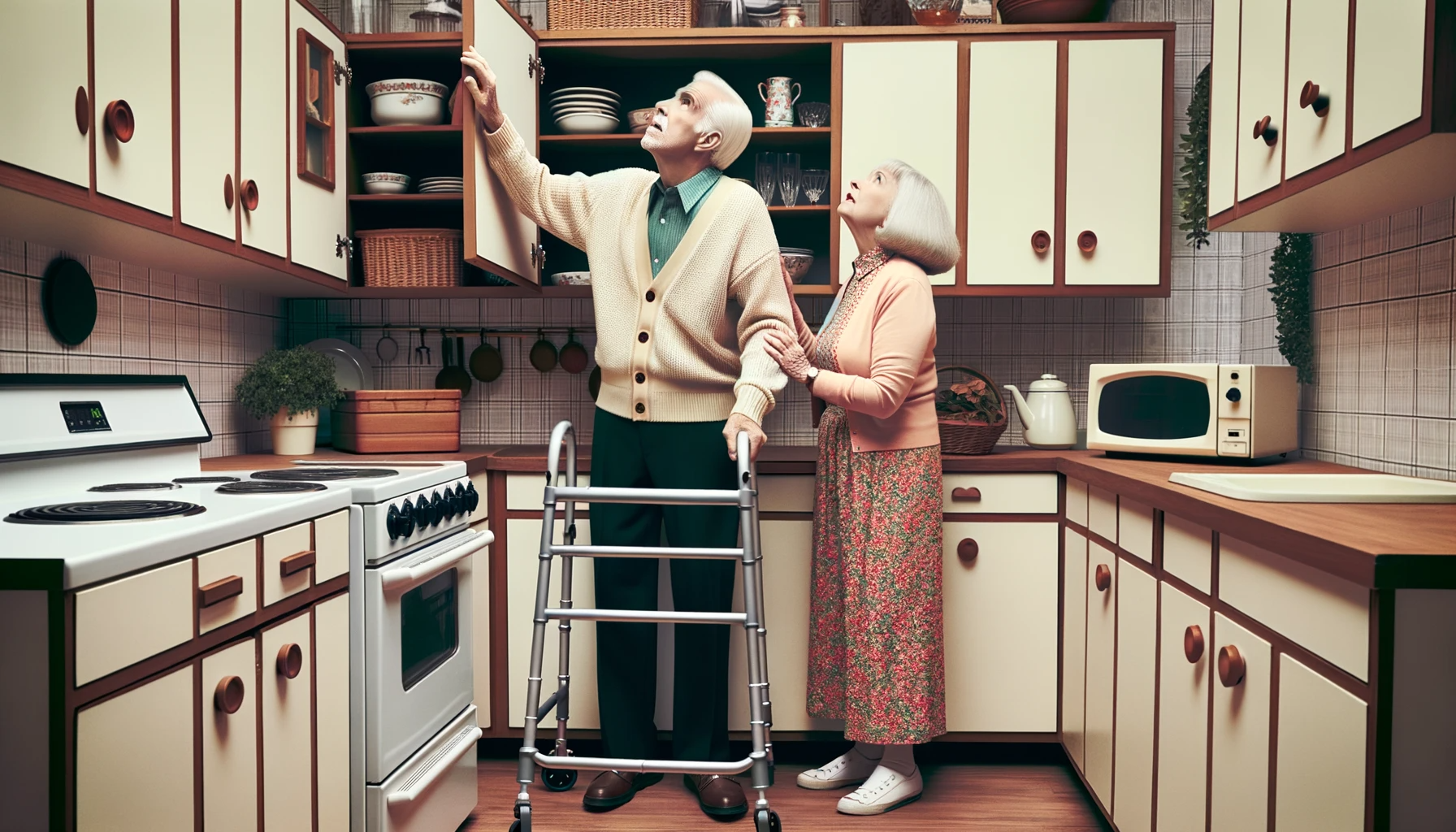
As individuals grow older, maintaining independence and a high quality of life within the comfort of their own homes becomes a paramount goal. Aging in place, or the ability to stay in one’s own home independently, is a desire shared by many seniors. To achieve this, it is essential to adapt the living environment to meet the changing needs and challenges that come with aging. Creating a more accessible home is not only about enhancing physical accessibility but also ensuring emotional and social well-being. This multifaceted endeavor involves various modifications and improvements, ranging from structural changes to incorporating smart technologies and fostering a supportive community.
Ways to Make Your Home More Accessible for Independent Living in Older Age
Install Grab Bars and Handrails
Installing grab bars and handrails in key areas of your home, such as the bathroom and along staircases, can greatly enhance safety and mobility. These sturdy supports provide stability and assist in balance, reducing the risk of slips and falls. In the bathroom, for example, strategically placed grab bars can make it easier to get in and out of the bathtub or onto the toilet. These additions are relatively affordable and can be installed by professionals to ensure they are securely anchored.
Create a Zero-Step Entry
One of the most significant barriers to accessibility is having steps or high thresholds at the entrance of your home. Consider modifying your entryway to have a zero-step threshold. This makes it easier to navigate with mobility aids like walkers or wheelchairs. Additionally, it ensures a smooth transition for those with limited mobility. Ramps can be added if necessary to create a gradual slope for easy access.
Enhance Lighting
Adequate lighting is crucial for seniors, as vision tends to decline with age. Improve the lighting in your home by adding brighter bulbs, ensuring even distribution of light, and installing motion-activated lights in hallways and bathrooms for added convenience during nighttime trips. Good lighting helps prevent accidents and makes it easier to perform daily tasks, such as reading or cooking.
Consider Smart Home Technology
Embrace the advantages of smart home technology to make your daily life more convenient and safe. You can install voice-activated devices, smart thermostats, and security systems that can be controlled remotely or with voice commands. This technology can assist with tasks like adjusting the thermostat, turning lights on and off, or even locking doors, all without having to move around the house.
Invest in a Walk-In Bath
To promote personal hygiene and independence, when you buy a walk in bath can be a transformative addition to your bathroom. Walk-in baths feature a low threshold door, allowing seniors to enter and exit the bath safely without the need to step over high edges, reducing the risk of falls. These baths often come equipped with built-in handrails and non-slip flooring, further enhancing safety. Additionally, many models offer therapeutic features like hydrotherapy jets, which can be soothing for achy joints and muscles, promoting overall well-being.
Conclusion
Creating a more accessible home for aging in place involves a combination of physical modifications, technology integration, and thoughtful planning. Installing grab bars, creating a zero-step entry, improving lighting, incorporating smart home technology, and investing in a walk-in bath are all crucial steps in ensuring that seniors can maintain their independence and enjoy a safe and comfortable living environment as they age. These adjustments not only enhance physical accessibility but also contribute to the emotional and social well-being of older adults, allowing them to continue living independently in their cherished homes.